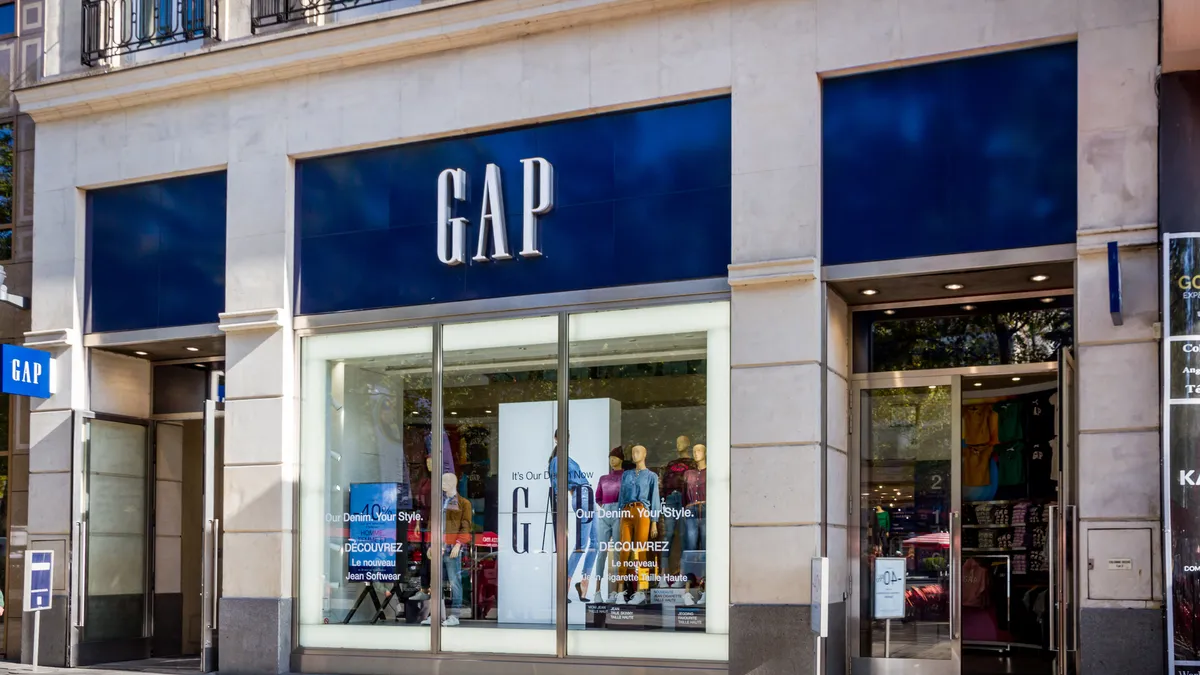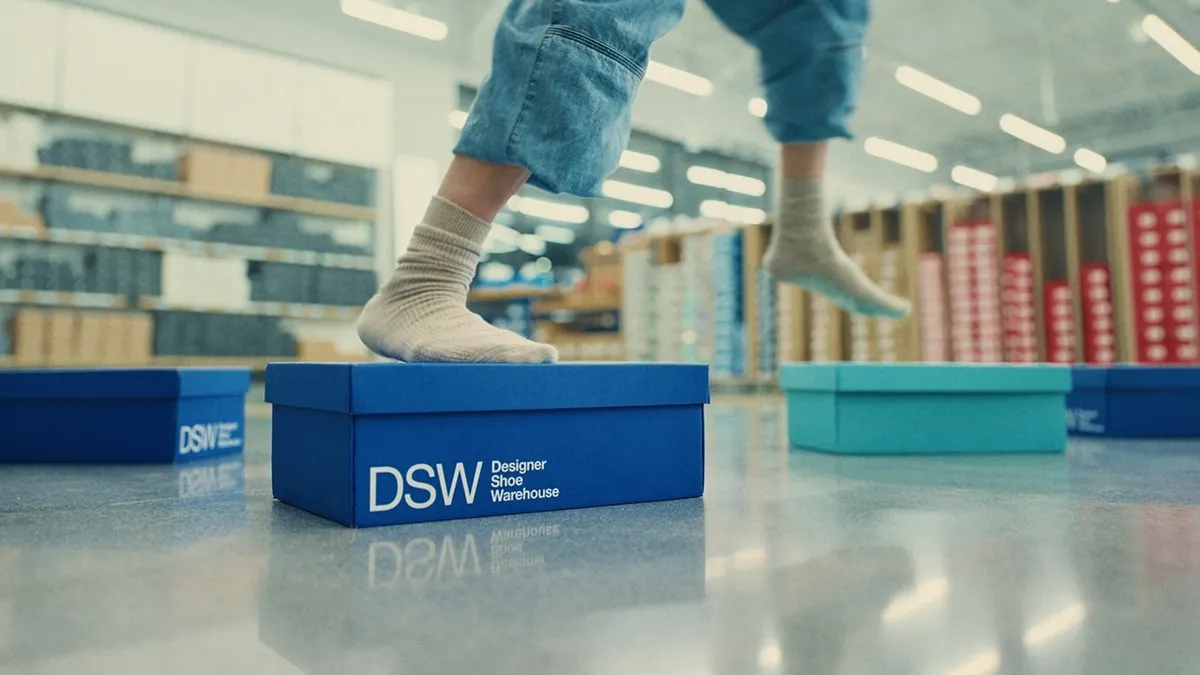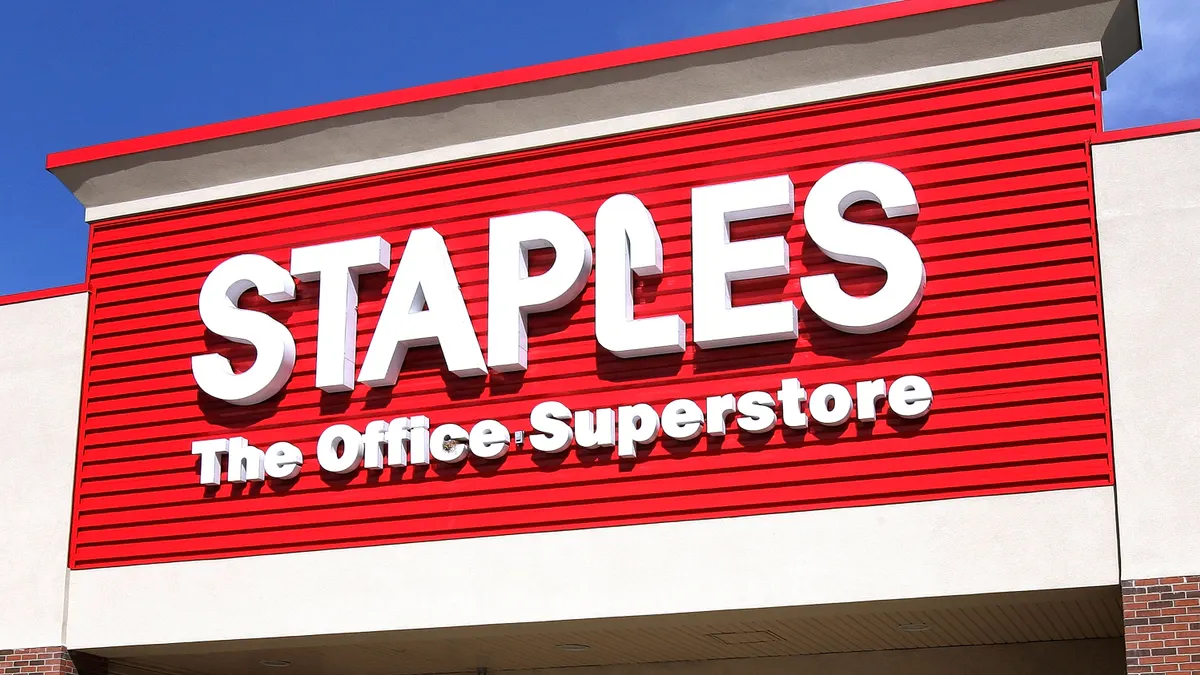All the way back in 2000, when Amazon was mostly an online book and media store, it experimented with charging different prices to individual customers for the same DVDs.
The customer response was so swift and negative that, nearly 20 years later, the e-tailer still avoids the practice. Customers caught Amazon treating them differently, and weren't having it. As one academic put it not long after, Amazon had played around with one of the internet's "wonder-tools," but customers "felt hoodwinked by the random prices."
Personalized pricing — which is practiced elsewhere on the internet, if not on Amazon's site for now — is just one of the changes brought by e-commerce. Probably more prevalent, and more important to surviving in the current market, is dynamic pricing, which allows retailers to change prices in an instant based on data about their competitors, among other factors.
Across the board, pricing strategies are becoming more complex and essential to competing online. They also hold the tantalizing proposition of increased retailer profits and the risk of alienating a retailer's customers.
But both personalized and dynamic pricing are extremely complex, requiring large investments by retailers, often in new technology and highly skilled workers (who would probably rather be working for a Silicon Valley company). Moreover, they require pricing managers to change how they've done things for decades, essentially handing over pricing control to algorithms that can make instantaneous decisions.
The robots are here and ready to overthrow the standardized price tag. They're just waiting for retailers to hit the start button.
'Equal before price'
Much as personalized and dynamic pricing emerged from complex new technologies, the price tag is itself an innovation not all that old.
Department store retailer John Wanamaker introduced price tags in the late 19th century. In doing so, Wanamaker put an end to the customary haggling between buyer and seller that defined the typical retail transaction in America. Standardized pricing, along with being efficient, was born partly out of Wanamaker's Christian background and a belief that, as PBS put it, "if everyone was equal before God, then everyone should be equal before price."
To some extent, e-commerce has returned the world to the pre-price tag days by making it possible to change the price in a flash, for all consumers or for individual consumers.
Along with digital displays, the internet has opened up a trove of data that feeds pricing strategies, including user location, IP addresses, web visits, past purchases, click-through speeds and social media "likes." Often online consumers volunteer information such as their birth dates, education levels and occupations. All of those data streams can feed into personalized pricing.
That is essentially the marketing name for what economists call first-degree price discrimination. Whatever its name, the goal from a seller's point of view is the same: charge each customer at his or her willingness to pay instead of setting universal prices.
With personalized pricing, retailers "try to estimate basically your propensity to pay — if you can pay more, we should charge you more for the very same product," said Victor Rosenman, CEO and founder of Feedvisor, which specializes in price optimization and other services for brands and other sellers on Amazon's Marketplace. (Sellers, he notes, can't use personalized pricing on Amazon, as they don't control the customer interface and data, but many do on their own websites.)
Single pricing for all leaves some customers unable or unwilling to buy and others with surpluses — i.e., the gap between what they would have been willing to pay and what they actually did. To a seller, a consumer's surplus is profit left on the table. To consumers, it's called a deal, and they tend to love it. Personalized pricing aims to eat up all the surplus it can.
But consumers, as Amazon found all those years ago, notice when retailers charge them different prices. With the same technological revolution that made digitized price discrimination came price transparency. And although other industries — namely hotels, airlines and service-oriented sellers — have developed individualized pricing models, personalized pricing is not entrenched in retail. At least not yet.
More profit, less trust
Amazon, which controls the lion's share of e-commerce in the U.S., still doesn't deploy personalized pricing after its experience in 2000. "We work hard every day to provide customers with low prices, vast selection and fast delivery," a spokesperson told Retail Dive in an emailed statement. "Our prices fluctuate so we can meet or beat the lowest competitive price from other retailers, they do not change based on a customer's demographics or purchase behavior."
Early research on the topic found that individualized pricing reduced overall trust for businesses and that prices pegged to different consumers were perceived as unfair. More recently, academic researchers found that consumers were more amenable to personalized pricing if they had some role in the pricing process (in this case, via negotiating).
Michael Kim, vice president of data and analytics at global consultancy AArete, said, "you don't want to be so personalized that it can be viewed as discriminatory pricing."
"Say you end up buying a video game for three times the regular price, and then you want to return it. You show up in January and they are going to give you three times the regular price of a product that now they cannot sell for that?"

Santiago Gallino
Assistant Professor of Operations, Information and Decisions at the University of Pennsylvania's Wharton School of Business
"You want to have really smart customer segments so that the people in the segments are very similar in their shopping behavior and other qualitative factors so that the price is 'personalized' but you're really capturing variants among a larger segment or cohort," he said in an interview with Retail Dive.
There are practical problems, though, in addition to trust issues. Because a physical product is involved, personalized and demand-based dynamic pricing can create issues with returns, according to Santiago Gallino, an assistant professor of operations, information and decisions at the University of Pennsylvania's Wharton School of Business.
"Say you end up buying a video game for three times the regular price, and then you want to return it," he said. "You show up in January and they are going to give you three times the regular price of a product that now they cannot sell for that?"
Legal risks
Personalized pricing can — though not always — improve the lot of customers in aggregate. The Organisation for Economic Co-operation and Development (OECD) noted in 2018 that personalized pricing had "the potential to substantially improve allocative efficiency, by enabling companies to supply low-end consumers who would otherwise be underserved."
A paper out in May from University of Chicago researchers found that personalized pricing improved a company's profits by 86% compared to its typical pricing, but was also a boon for 60% of consumers, who benefited from prices lower than the standard prices.
At the same time, OECD said the practice can exploit consumers and raises transparency, consumer protection and antitrust issues.
There could also be legal risks. Robert Weiss, a partner with law firm Barnes & Thornburg, said prices that discriminate based on gender, race and other categories could be illegal, if hard to prove if the discrimination is not direct. There could also be privacy issues as states like California tighten their laws around data collection.
Weiss adds that consumers could also potentially sue over deceptive advertising if a retailer's privacy policy doesn't make adequate disclosures.
"Unless you tell the consumer that you're going to use information about them that you collect to serve up different prices or advertise differently, a consumer may have a possible claim that the website has been misleading because it hasn't accurately disclosed how it's using your information," he said. Weiss recommends retailers update their privacy policies if they haven't already done so.
Smart pricing, 'stupid' pricing
Put simply, individualized pricing hasn't taken over retail, and to some extent remains taboo unless it is buried in the discount scheme of a loyalty program. But dynamic pricing — used to match prices in real-time with supply, demand and competitors — is common, if still not fully embraced or understood by retailers writ large.
According to the Deloitte report "Consumer Experience in the Retail Renaissance," 40% of retailers that have adopted artificial intelligence (AI) at all use it to tailor pricing and promotions in retail time — putting it among the very top uses of AI technology.
One of the main reasons why dynamic pricing isn't even more broadly used is that it is incredibly complicated to execute.
In its most advanced form, retailers don't simply check their prices against competitors per item. "You also compare category to category, you compare common baskets to common baskets," said Julien Gautier, marketing director of analytics firm ActiveViam. "But after that, you also have a strategy that involves your own brand. So you want places to be consistent with the brand image that you project."
It gets more complicated even than that because smart dynamic pricing isn't just about keeping your prices the same as or below those of your competitors. It's also about knowing who your competitors are, what other products compete with a particular item, how loyal your customers are and so on. And then you have to find just the right price based on those and other factors.
To do all that, you need not only data and algorithms but also, as Gallino and colleagues pointed out in a 2017 paper, field tests to see just how significant a given competitor might be and how your own customers respond to price changes on an item.
Feedvisor's Rosenman also says that the discovery process needed to map out pricing competition is "extremely complicated." Simple price matching he calls a "stupid strategy."
Rather, retailers should find the price points that yield the maximum demand, which means not just tracking competitors' price points but also knowing how customers respond to their own prices. And knowing that is partly knowing how your customers discover similar products.
For third-party sellers on Amazon, it gets even more complicated to run dynamic pricing strategies. That is because, as Rosenman points out, they are not competing with each other in an internet vacuum. They are vying for Amazon's "Buy Box" — i.e., the box on the right side of a product page that offers buttons for quick buying. To win the Buy Box, sellers, in addition to price, are competing on their reputations (as rated by customers on Amazon's website) and a host of other factors.
Algorithms in control
Data, algorithms, tech-based tests — all that requires technology and skilled tech workers and data specialists, Gallino said. In other words, it is a potentially massive investment for retailers, which may be why more retailers haven't fully devoted themselves to dynamic pricing, despite the competitive and bottom line imperatives.
Dynamic pricing also presents a completely different way of doing things. Retailers, "have a long tradition of people making the call on prices and how to run promotions, how to discount the pricing point that things need to start at, and so on and so forth," Gallino said.
"And now, you move into a dynamic pricing setting where there is an algorithm, ruling all these things you are," he added. "You're not in control anymore."
And when humans turn over control to robots, things can get weird. Just one example among many: a $24 million book about fly biology on Amazon.
"The fixed costs of implementing dynamic pricing have to be pretty large for retailers to rationally not do this."

Robert Evan Sanders
Assistant Professor of Marketing at the University of Caligornia, San Diego
However, Gallino notes that even though pricing managers might give up in-the-moment control, retailers using dynamic pricing can (and should) set up parameters on their pricing based on their company's supply, demand, margin targets and other factors.
"Smart algorithms don't go that far," Rosenman said, referring to massive price spikes such as those occasionally seen on Amazon's website. "It's usually only the players using very unsophisticated tools." And when those kinds of absurd price spikes do happen, the market quickly fixes the price, in his view.
(Add this to the weirdness, and legal risks: Algorithms can also potentially collude with each other on price.)
'Money on the table'
Dynamic pricing hasn't hit the store-level in any significant way, at least in the U.S. Digital price tags would make it possible (and also potentially spare associates the drudgery of changing price tags continuously).
In food retail, in-store dynamic pricing and other strategies have the added possibility of reducing food waste and allowing low-income shoppers to buy more produce and other fresh foods.
"If you've got something that's going to expire one week from now, versus something that's going to expire four days from now, that's a much different product in the eyes of the consumer," said Robert Evan Sanders, an assistant professor of marketing at the University of California, San Diego, whose research has helped uncover possible waste-reducing benefits of pricing strategies that follow product supply and demand.
Even with this kind of pricing, there is the risk of alienating consumers as prices change regularly, potentially increasing in times of high demand. But Sanders thinks that can be addressed by explaining to consumers why prices fluctuate (especially ones they are sympathetic to, like reducing food waste) and by setting a fixed base price and discounting against it.
The challenge partly is that retailers don't know exactly what's on their shelves or how old it is, a problem that new technology could address, according to Sanders. "The fixed costs of implementing dynamic pricing have to be pretty large for retailers to rationally not do this," he said.
But even putting those issues aside, retailers typically have uniform prices across their chains, Sanders noted. They're not just failing to price according to immediate supply and demand factors. They don't price against broad, long-term regional economic differences, which economists find "puzzling," he said.
But Sanders thinks change is coming to the industry. "Just given my calculations, they're leaving money on the table," he said.






















